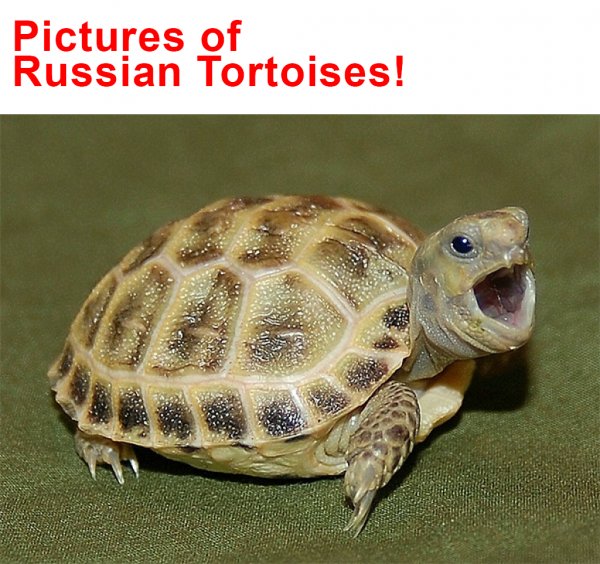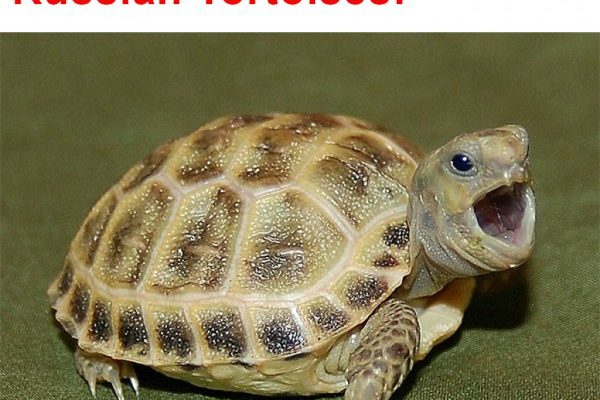
Think of identifying a Russian tortoise like piecing together a puzzle. Each characteristic—be it their size, color, or behavior—plays a crucial role in helping you see the whole picture. In this guide, we’ll take you through the important features of Russian tortoises, so you can confidently tell them apart from their relatives. Whether you’re looking to adopt one or just want to know more about these fascinating creatures, you’re in the right place.
Understanding the Basics of Russian Tortoises
First things first, let’s talk about what makes Russian tortoises stand out. These little guys, scientifically known as *Testudo horsfieldii*, hail from the rocky deserts of Central Asia. They are relatively small, usually reaching about 5 to 10 inches in length. Their shells are an earthy brown with distinctive yellow or cream-colored patterns, making them quite appealing to look at. You might find yourself drawn to their charm as you watch them explore their surroundings.
One of the most interesting aspects of Russian tortoises is their long lifespan. With proper care, they can live to be 40 years or older! That’s quite a commitment, similar to the dedication you’d give to a pet dog. So if you’re considering bringing one into your life, it’s essential to familiarize yourself with their habits and needs.
Key Physical Characteristics
To identify a Russian tortoise, you’ll want to focus on a few key physical traits. First, their shells—or carapaces—are highly domed and somewhat high-riding, unlike the flatter shells of some other species. This dome shape helps them navigate their arid habitats effectively. Look closely, and you might notice that the shell has a pattern of yellow and brown that can vary from individual to individual.
Another notable feature is their limbs. Russian tortoises have sturdy, column-like legs that are perfect for digging and climbing over rocky terrain. The skin on their legs and neck is a gray to yellowish hue, giving them a rugged appearance that suits their natural environment. When observing them, pay attention to how they move; their deliberate, plodding gait is a giveaway of their species. You might even chuckle as you watch them amble along, reminding you that they’re never in a hurry.
Facial Features and Head Shape
When identifying a Russian tortoise, you can’t overlook their facial features. These tortoises have a somewhat short, wedge-shaped head, and their eyes are typically bright and alert. This distinguishes them from other tortoise species that might have bigger or more rounded heads. A unique aspect is the presence of a prominent beak, which helps them munch on their favorite leafy greens.
While examining their face, take note of the coloring and texture of their skin. Russian tortoises often have a slightly wrinkled, rugged appearance, which can be an indicator of their age. A younger tortoise will have smoother skin, while older ones may show more signs of wear and tear. This aging process is similar to how humans develop wrinkles over time—it’s all part of life’s journey!
Behavioral Traits
Understanding the behavior of Russian tortoises is another key aspect of identification. They are known for their calm and docile nature, which makes them excellent pets for families. Unlike some more shy tortoise species, Russian tortoises are curious and tend to explore their surroundings frequently. You might find them digging around in their substrate or basking under a heat source, looking for warmth.
They are also quite social animals when it comes to their habitat. If you have more than one, you’ll often see them interacting, though it’s essential to monitor their interactions to prevent territorial disputes. Watching them interact can be quite entertaining—almost like tuning into a slow-paced nature documentary.
Dietary Needs and Feeding Habits
Identifying a Russian tortoise also involves understanding what they eat. These tortoises are primarily herbivores, and their diet mainly consists of leafy greens, vegetables, and some fruits on occasion. However, it’s crucial to avoid high-protein foods as they can lead to health issues over time. Think of their diet like a well-balanced plate: lots of greens, some veggies, and just a touch of fruit for variety.
When feeding them, you might be surprised at how they devour their meals. They often munch on dandelion greens, clover, and even some weeds, which you might find in your backyard. Watching them eat can be a joyful experience—seeing them nibble away reminds you of a little kid enjoying their favorite snack.
Recognizing Common Misidentifications
When trying to identify a Russian tortoise, it’s easy to confuse them with similar species. For instance, the Greek tortoise is another popular choice among pet owners, but there are key differences. The shells of Greek tortoises tend to be flatter, and they might have a wider range of colors compared to the more uniform appearance of the Russian tortoise.
Another common mix-up involves the desert tortoise. Desert tortoises are typically larger and have a more elongated shell. By familiarizing yourself with these differences, you can avoid misidentifying your Russian tortoise. Keep in mind that knowing these details not only helps in identification but also ensures that you’re providing the right care for your pet.
Identifying a Russian tortoise involves looking closely at their physical characteristics, behavior, and diet. By focusing on their unique features—from the dome of their shell to their curious personalities—you’ll be well-equipped to spot one in a crowd. Whether you’re thinking about adopting a tortoise or simply want to appreciate these creatures more, understanding how to identify them is a rewarding journey.
Remember, owning a tortoise requires responsibility and knowledge. The more you know about their needs and traits, the better you’ll be able to care for them. With the right information in hand, you’ll find that identifying a Russian tortoise isn’t just a fun activity, but also a step towards becoming a more compassionate and informed pet owner. Enjoy your time with these wonderful creatures!

